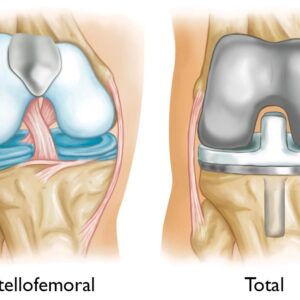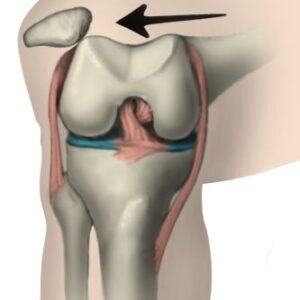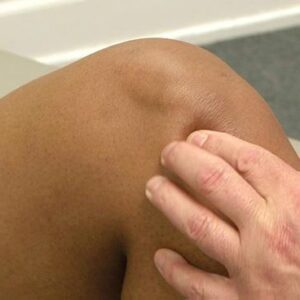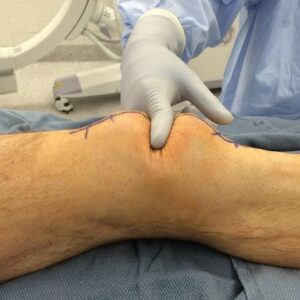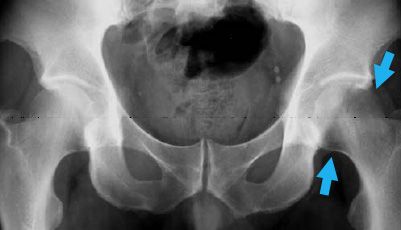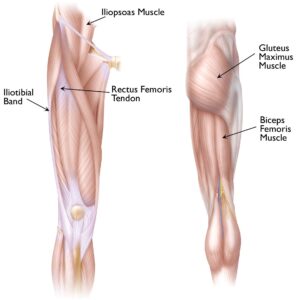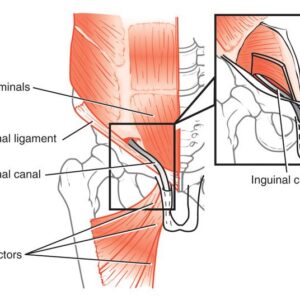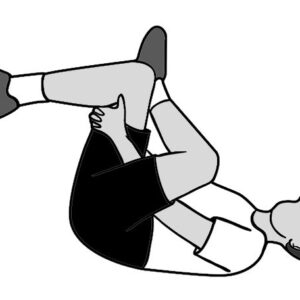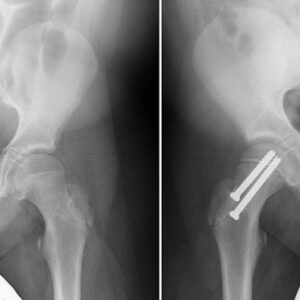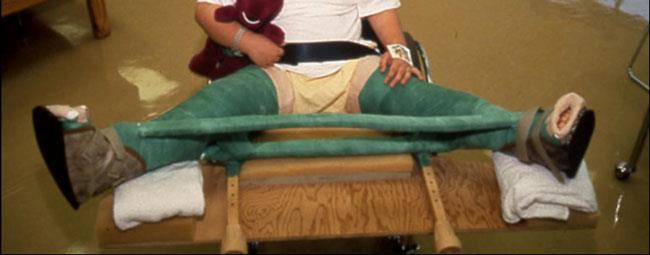Understanding ACL Injuries: Causes, Risks, and Treatment Options
knee Patient informationAnterior cruciate ligament (ACL) injuries are among the most frequent knee injuries, often involving a sprain or tear. These injuries are particularly common among athletes engaged in high-intensity sports such as soccer, basketball, and football, where sudden stops and directional changes put the knee at risk. If you have sustained
Understanding ACL Injuries: Causes, Risks, and Treatment Options Read More »


